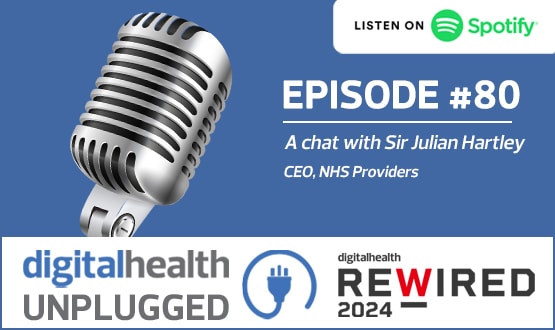Local digital roadmaps: a long way to go, not much time to get there
- 20 June 2016

The development of local digital roadmaps by the end of June is the next step in the digital transformation of healthcare across the country.
In April 2016, NHS Providers surveyed 25 directors of informatics from NHS trusts and foundation trusts to get their perspective on the benefits and challenges of producing LDRs, and their views on whether this process will deliver value for patients and services in the long term.
The timelines for the LDRs are incredibly tight and the delivery of credible plans could be jeopardised as a result. This is a punishing timetable for informatics leads, who must simultaneously: deliver their day to day business; lead their own organisation’s transformation agenda; and engage in complex negotiations across their local digital footprint.
The digital capability starting point is also very different across health economies. As a result, although 86% of survey repondents felt they had made fair or good progress in agreeing their goals and strategies as a footprint, only 41% thought they had made fair or good progress in setting an achievable plan and timeline for delivering their LDR.
Building relationships
As with so much in life, relationships are key to making sure that there is sufficient energy and shared understanding to deliver the digital agenda. In some areas, these relationships are clearly not in place.
Although 56% of surveyed providers felt very involved in developing LDRs, and 4% suggested they were leading the LDR development, over one in ten felt they had been neither involved or even actively consulted in this important process.
Trust cannot be built in a few months, and that’s especially the case for this process, when you consider the complexity of the negotiating table if areas are starting from a neutral or even a negative relationship.
Without buy-in and the opportunity to build consensus on the details that will underpin delivery, rushed plans could have no impact or even be wasteful. The limited level of engagement in these footprints in some areas has a considerable amount of work left to do.
And as with other planning processes, the absence of a strategic health authority function was commented on in our survey: “An absence of an overarching control structure for the local health economy means it is very difficult to corral all partners.”
Show me the money!
It is complex enough even before funding issues raise their head. Central bodies have promised £1.3 billion to deliver the ‘paperless agenda’ from the £4.2 billion that health secretary Jeremy Hunt has said will be spent on NHS IT over this course of this Parliament.
However, there has been no detail about how the money will flow; neither from the centre to the local area nor from the local area to the provider organisation.
What has been made clear is that articulating your vision and requirements to deliver in the LDRs is essential for the money to flow: but this has not led to a helpful dynamic around the local negotiating table.
Upfront investment is required to have systems that are fit for purpose in both health and social care organisations, but preparing a “realistic” plan without knowing how much central funding support is available is an issue our members are struggling with.
With everyone trying to stake their claim for organisational funding to deliver common goals, you can imagine the tension when discussing expectations and priorities.
LDRs and STPs
There is the added complexity of how the development of LDRs aligns under the STP process to ensure sustainability for the local area.
There are strong central expectations that digital transformation will make a significant contribution to the sustainability agenda, and it is essential that the STP and LDR planning align so that initial investment and delivery expectations are clear.
However, feedback from our members suggests that STPs and LDRs are fairly independent processes with 64% of our sample saying the STP process has had no impact on their LDR process.
Although our survey has shown there are considerable challenges in producing LDRs, it is worth reflecting on the positive messages that came through our survey.
Two thirds of the sampled informatics directors felt that the development of LDRs would be helpful in delivering paper-free care by 2020 to transform the delivery of healthcare service.
And the majority of our members see LDR planning as an opportunity for change to be locally driven to place digital technology to be at the heart of patient care. As one respondent says: “It is up to us as a digital health community to exploit the opportunity.”
Time to take the opportunity
Although the current focus is on developing LDRs to meet the looming 30 June deadline, if we are going to successfully deliver the digital revolution across the NHS we must remember that it is the evolving life and not just the birth of LDRs that will ultimately determine their legacy.




